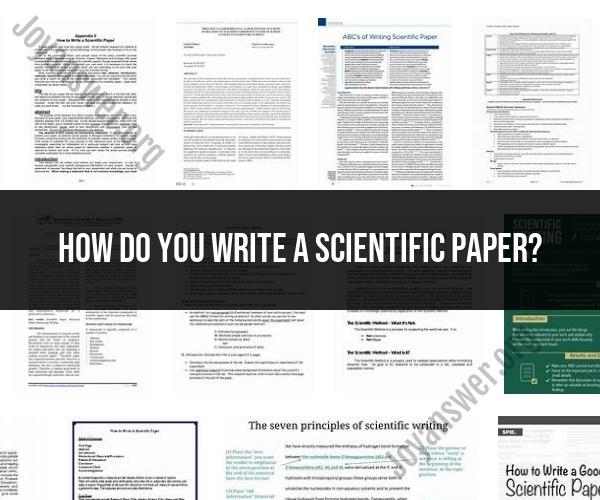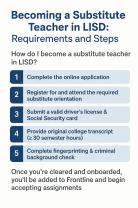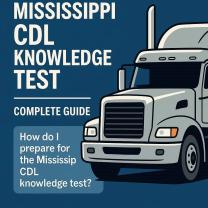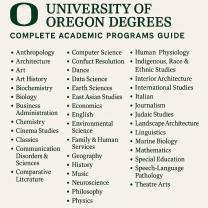How do you write a scientific paper?
Writing a scientific paper follows a specific structure and set of guidelines to communicate research findings clearly and effectively. Here's a step-by-step guide on how to write a scientific paper:
1. Choose a Research Topic:
- Select a research topic that is significant, relevant to your field, and of interest to both you and potential readers.
2. Conduct Literature Review:
- Review existing literature to understand the current state of knowledge in your chosen area and identify gaps or areas where your research can contribute.
3. Define the Research Question or Hypothesis:
- Clearly state your research question or hypothesis. This sets the focus of your study.
4. Plan Your Research:
- Design your research, including the methodology, data collection, and analysis techniques. Ensure your methods are robust and ethical.
5. Collect and Analyze Data:
- Execute your research plan, collect data, and perform data analysis using appropriate statistical or analytical tools.
6. Organize Your Paper:
Structure your paper into the following sections:
Title: A concise, descriptive title that reflects the content.
Abstract: A brief summary of the entire paper, highlighting key findings and conclusions.
Introduce the research problem, provide background information, and state the research question or hypothesis.
Methods: Explain the research design, data collection procedures, and data analysis methods in detail.
Results: Present your findings through tables, figures, and text. Stick to the facts and avoid interpretation.
Discussion: Interpret your results, discuss their implications, and relate them to existing literature.
Conclusion: Summarize the main findings and their significance. Restate the research question or hypothesis.
References: Cite all sources used in your paper following a recognized citation style (e.g., APA, MLA, Chicago).
Appendices: Include any supplementary materials, such as additional data, that support your findings.
7. Write Each Section:
- Write each section of your paper, starting with the methods and results sections. Be clear, concise, and precise in your writing.
- In the discussion section, provide context for your findings, discuss limitations, and propose areas for future research.
- Write the introduction and conclusion sections last, as they should reflect the content of the completed paper.
8. Cite Sources Properly:
- Ensure that you cite all sources accurately and consistently throughout the paper. Use a citation style appropriate to your field.
9. Edit and Proofread:
- Review and revise your paper for clarity, grammar, spelling, and formatting. Consider seeking feedback from colleagues or mentors.
10. Create Visuals:
- Create figures and tables to illustrate key points and present data effectively. Ensure they are clear, labeled, and referenced in the text.
11. Write the Abstract:
- Craft a concise and informative abstract that summarizes the paper's key points, including the problem, methods, results, and conclusions.
12. Format Your Paper:
- Format your paper according to the guidelines of the target journal or conference. Pay attention to margins, font size, line spacing, and reference style.
13. Submit Your Paper:
- Submit your paper to a reputable journal, conference, or publication venue in your field. Follow the submission guidelines carefully.
14. Address Reviewer Feedback:
- If your paper is peer-reviewed, address feedback from reviewers and revise your paper accordingly.
15. Publish Your Paper:
- Once your paper is accepted, it will be published in the chosen venue. Share your findings with the scientific community.
Writing a scientific paper is a meticulous process that requires attention to detail, clarity of communication, and adherence to established research standards. Keep in mind that writing and publishing research papers is a skill that improves with practice and experience.













